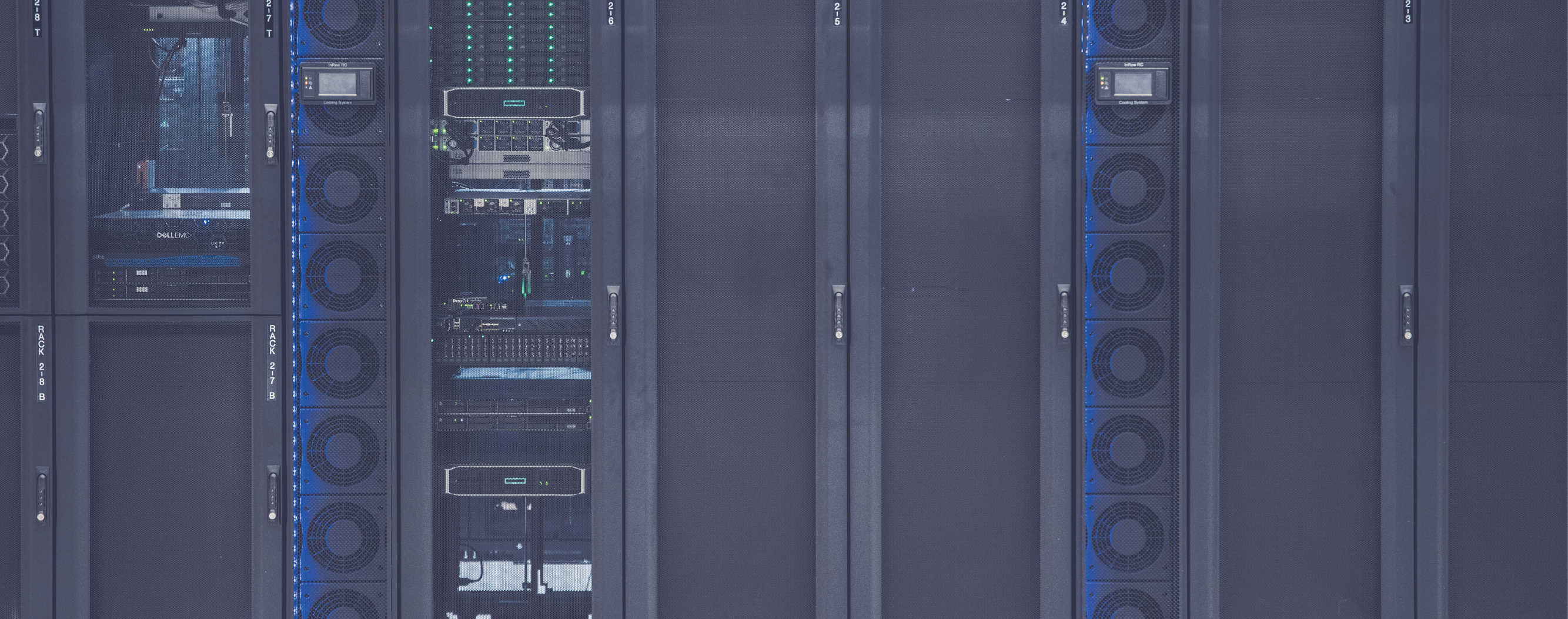What Makes Fiber Optic Superior

In a world clamoring for more and faster data consumption, fiber optic is becoming a hotter and hotter commodity.
Internet service providers and municipalities are all working hard and investing heavily to upgrade existing networks to this new technology. As a result, there are miles and miles of fiber being installed every day across the country and around the world.
Chattanooga boasts itself as being the first Gig City, where all businesses and residents have fiber optic connectivity. Google Fiber is installed in 3 large cities, with 6 more slated to be lit with fiber and at least 3 more targeted as potential fiber cities.
Everyone, it seems, wants fiber.
You’re not alone if you’re wondering what exactly makes fiber optic so great. The answer is pure performance: fiber allows for faster data speeds with greater capacity.
When I first started working for a telecom and was being schooled in fiber optic, I asked how much faster fiber networks are in comparison to traditional networks. While I expected a highly technical answer that resembled a calculus student’s final exam, the response was surprisingly simple. How much faster, I was asked, does light travel than electricity? Literally, a fiber optic network travels at the speed of light—laser light—which makes it faster than both the speed of electricity (100 times faster) and the speed of sound (1 million times faster).
In addition to incomprehensible speed, fiber optic technology also offers amazing capacity. Frequently referred to as long haul connectivity, a fiber optic network is capable of transferring enormous chunks of data. It’s the freight train of the information technology world.
All of which means fiber is not only here to stay, but is also facing an appropriately bright future. Despite the slow and expensive process of converting current infrastructures to fiber optic technology, fiber networks—currently the hallmark of the most advanced municipalities and corporations—will one day be the standard for communities and businesses of all sizes.
That day will be here before most of us expect it.
-------------------------
Read More:
New speeds to define “Broadband”?
Study Shows Broadband Is an Economic Stimulus for Rural Communities




